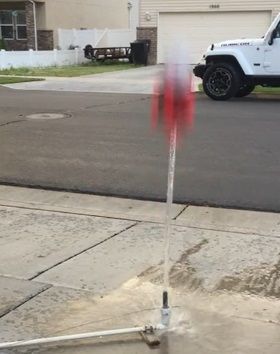Introduction to Rocket Acceleration
In this lesson, students will explore the concept of rocket acceleration by building a two-liter bottle rocket. The Earth exerts a gravitational force on all objects, and for a rocket to lift off, it must generate a force greater than this gravitational pull. Using a micro:bit, students can measure acceleration in three different directions or as a combined force. This hands-on experiment not only teaches fundamental physics concepts but also engages students in practical applications of science and technology.
Key Features:
- Hands-on Learning: Students will construct a rocket from a two-liter soda bottle, providing a tangible experience of scientific principles.
- Micro:bit Integration: The use of a micro:bit allows for real-time data collection and analysis of acceleration.
- Multiple Measurement Directions: Students can measure acceleration in three dimensions, enhancing their understanding of forces in motion.
Use Cases:
- Ideal for classroom settings focusing on physics and engineering.
- Suitable for science fairs or extracurricular science clubs.
- Can be adapted for various age groups, making it a versatile educational tool.

